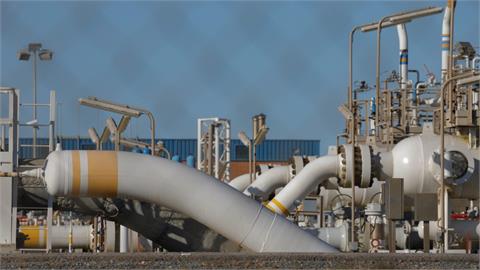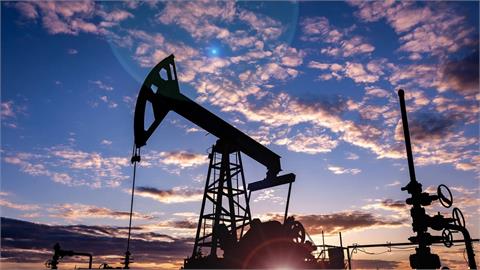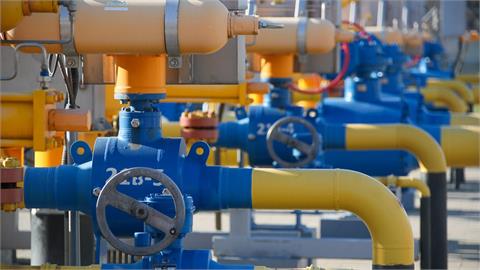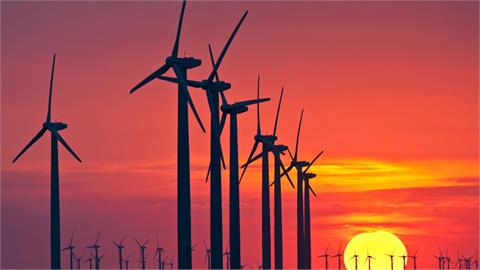The U.S.' proven crude oil and natural gas reserves set new records in 2017, the country's Energy Information Administration (EIA) announced Thursday. Proved reserves of crude oil increased 19.5 percent from the end of 2016, to reach a record level of 39.2 billion barrels in 2017, the EIA said in a statement, adding this surpassed the previous peak level of 39 billion barrels set in 1970.
Proved natural gas reserves, on the other hand, gained 36.1 percent over the same period, reaching a new high at 464.3 trillion cubic feet (13.1 trillion cubic meters). The previous record was 388.8 trillion cubic feet (11 trillion cubic meters) in 2014, the EIA said.
Proved reserves are those volumes of oil and natural gas that geological and engineering data demonstrate with reasonable certainty to be recoverable in future years from known reservoirs under existing economic and operating conditions, according to the statement. The increase in reserves was driven by high prices and continued development of shale and tight resources, according to the agency.
"The annual average spot price for the American benchmark West Texas Intermediate (WTI) crude oil increased 20 percent in 2017, from the 2016 average price, and exceeded $60 per barrel for the first time since June 2015, and helped to drive the increases in reserves," the EIA said. The states of Texas and New Mexico saw the largest net increases in proved reserves of crude oil last year, adding 3.1 billion and 1 billion barrels, respectively.
"Increases in these states were primarily the result of increased crude oil prices and development in the Permian Basin, particularly in the stacked oil-bearing formations of the Spraberry Trend and the Wolfcamp/Bone Spring shale play," the statement read.
- Natural gas reserves
The increase in the annual average spot price for natural gas also played a role in the surge in gas reserves, according to the data. Natural gas prices at Louisiana’s Henry Hub increased 21 percent in 2017, helping to drive increases in natural gas reserves, the EIA said. "The share of natural gas from shale increased from 62 percent of total U.S. natural gas proved reserves in 2016 to 66 percent in 2017," it added.
According to the agency, changes in proved reserves from year to year reflect new discoveries, such as new fields, new reservoirs in old fields, or extensions of existing reservoirs, in addition to net revisions and other adjustments to previous reserve estimates, and reductions from annual production of each fuel.



